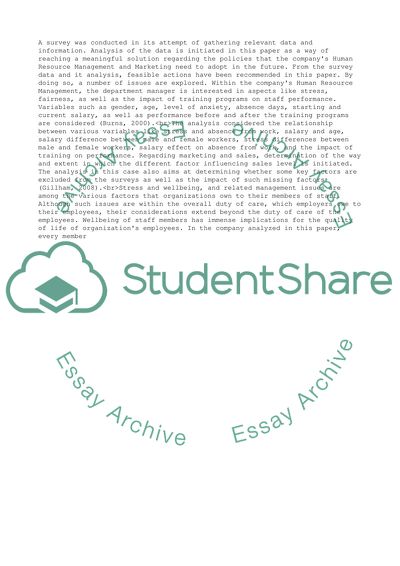Cite this document
(Spss Assignment Example | Topics and Well Written Essays - 2500 words, n.d.)
Spss Assignment Example | Topics and Well Written Essays - 2500 words. https://studentshare.org/human-resources/1829470-spss
Spss Assignment Example | Topics and Well Written Essays - 2500 words. https://studentshare.org/human-resources/1829470-spss
(Spss Assignment Example | Topics and Well Written Essays - 2500 Words)
Spss Assignment Example | Topics and Well Written Essays - 2500 Words. https://studentshare.org/human-resources/1829470-spss.
Spss Assignment Example | Topics and Well Written Essays - 2500 Words. https://studentshare.org/human-resources/1829470-spss.
“Spss Assignment Example | Topics and Well Written Essays - 2500 Words”. https://studentshare.org/human-resources/1829470-spss.


